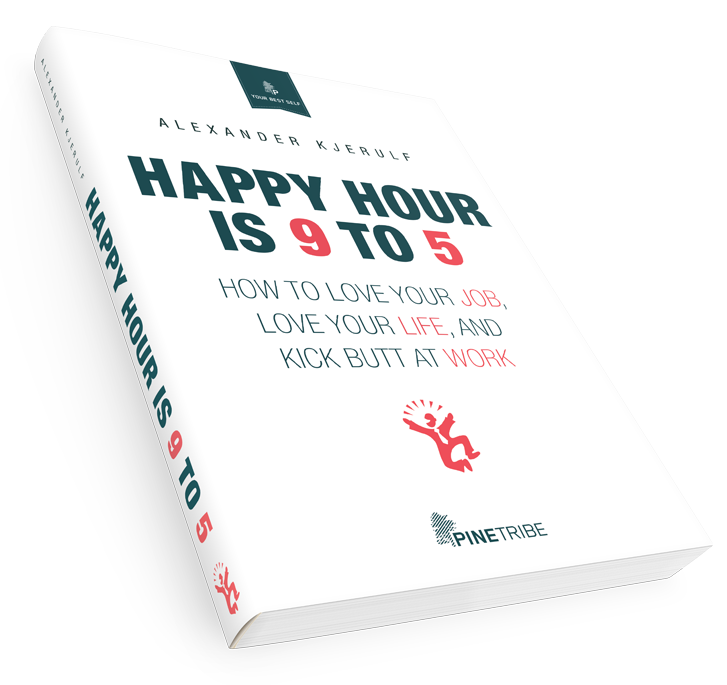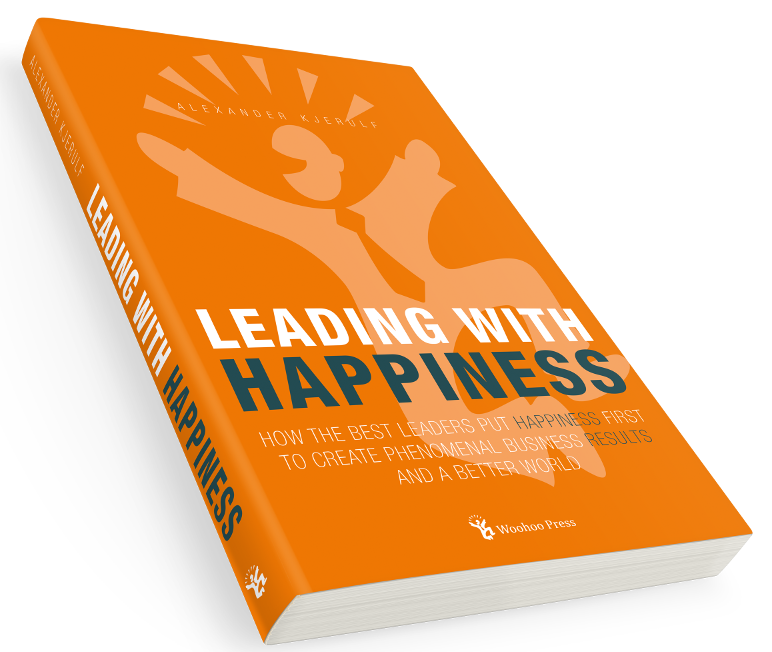 Do you keep a to-do list at work? And if you do is it a source of happiness at work or an endless source of frustration, overflowing with unsolved tasks – as it is for many people?
Do you keep a to-do list at work? And if you do is it a source of happiness at work or an endless source of frustration, overflowing with unsolved tasks – as it is for many people?
One blog post sums it up like this:
I hate my to-do list because
- I feel so overwhelmed when I see this long list of to-dos.
- Items not crossed off on the to-do list are a reminder that I didn’t finish what I set out to do and that I could have done more with my day.
If you feel the same way, here are 3 simple tips to help you use your to-do list in a way that creates happiness at work rather than frustration.
1: Change your to-do list to a could-do list
We got a tip from a reader who had been feeling the pressure of an endless to-do list and had come up with a simple but brilliant hack. She wrote:
This is something I’ve been doing for several months now when I noticed my ‘To Do’ list was generating a sense of frustration.
Now, I write a ‘Could Do’ list, instead of a ‘To Do’ list. When I draw up my daily lists of tasks I refuse to see it as stuff I have to get done. When I did that in the past, I’d feel a sense of dissatisfaction at the end of the day when I didn’t have everything ticked off, despite the fact that I knew when I wrote it, it was highly unlikely I’d get to everything.
It’s a tiny shift, but by viewing it as a list of things I could do today, I’m relieving the pressure to get them all done. It feels like there’s more of an element of choice around how I spend my time – I don’t have to do x today, I could leave it till tomorrow and focus more attention on y today instead.
Now, at the end of the day, I don’t mind how many ticks I do or don’t have against the items on my list, and I feel better about my day’s work because there is no shadow from what I should have done and didn’t.
I think that’s a fantastic idea. It’s a subtle shift inside your own mind that is likely to help you get started. In my experience, taking the pressure off yourself makes you more likely to get stuff done. Which is of course a sharp contrast to traditional business thinking which holds that greater pressure = greater performance.
2: Add everything you do to the list
Let’s face it, most of what you do during the day probably isn’t on your to-do list. Many tasks just arise during the day in an ad hoc manner. So add those to the to-do list as well.
For instance, after writing this blog post (which was NOT on my to-do list, inspiration just suddenly grabbed me) I will add an item to my list that says Blog about to-do lists, set the deadline for today and immediately cross it off my list.
It may seem redundant, but there is actually a sense of accomplishment (and a release of dopamine, the brain’s own motivation drug) from crossing it off the list) even if I’ve just now added it.
This also makes sense in light of the third tip:
3: Once a week, look at all the tasks you’ve completed
In my opinion, the major problem with most to-do lists software is, that they only show you what you haven’t yet completed. As soon as you finish a task it disappears from the list forever.
One of the major sources of happiness at work is getting stuff done and seeing the results of your work. A to-do list that only shows you everything you haven’t yet done, is likely to make you less happy at work.
But there’s an easy hack for that: Once a week go into your to-do list and look at everything you got done in the last week. This may be a good thing to do on a Friday afternoon. If you have trouble remembering to do it, you could even put this on your (yes) to-do list and then cross it off once you’ve done it :o)
The upshot
To-do lists are an effective tool to make sure you remember to do everything you need to do at work. However, they tend to make people unhappy at work because they only focus on what we have not done. Fortunately, we can hack that.
Update… Here’s a bonus tip:
When you’re deciding which task to do next, don’t necessarily pick the first one on the list or the most important one. Instead, pick one you feel like doing right now.
This is not always possible and sometimes there are critical tasks that you simply need to do right now. But often you have the choice of what to do first and in that case, go with the one you want to do.
That will make you much more likely to get it done and give you more energy to apply to the less fun tasks. If you start with the hardest, the most important or the most boring task, that may steal your energy and motivation completely.
Your take
What do you think – could any of these tips work for you? Do you have any other good ways to effectively and happily use to-do lists? Please write a comment, I’d love to hear your take.
Related posts
If you’re still not getting your could-do items done, you can also read my previous post on How to procrastinate effectively.



Leave a Reply